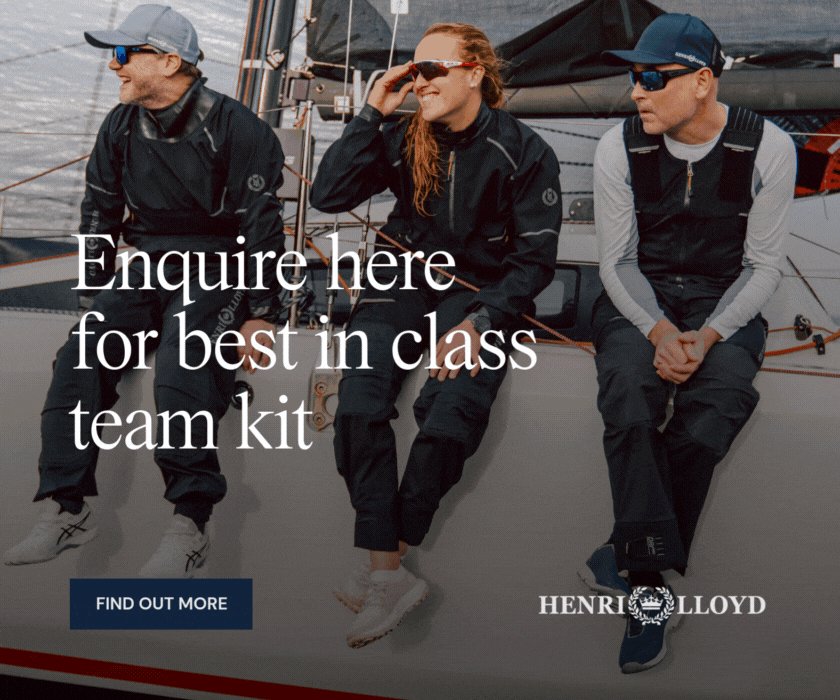
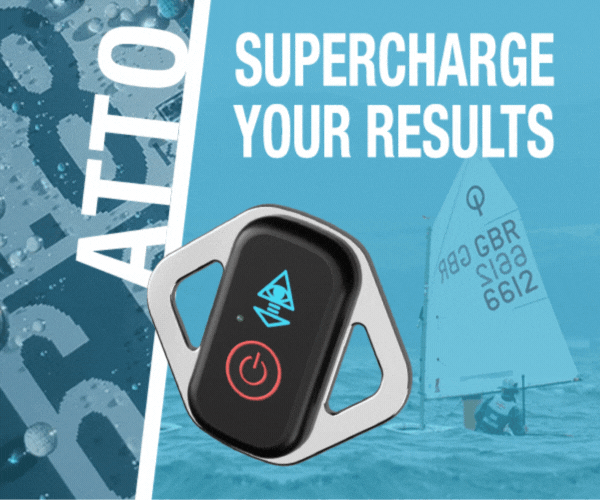
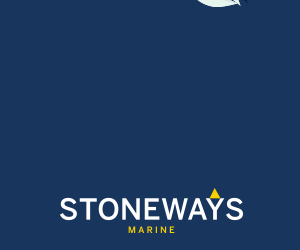
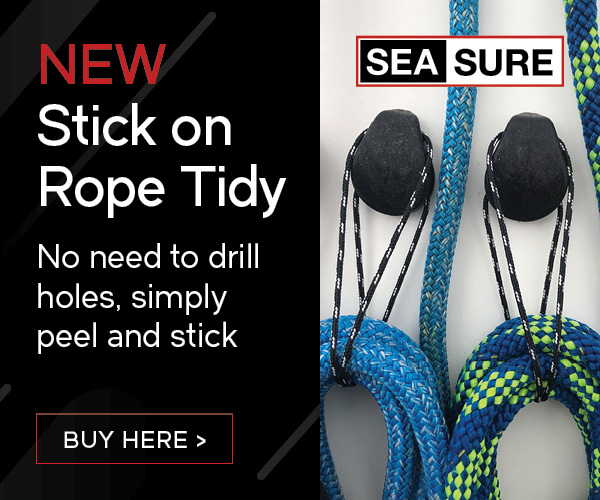

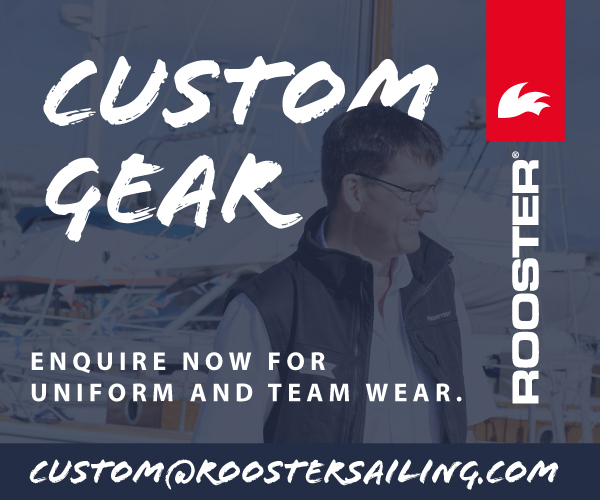
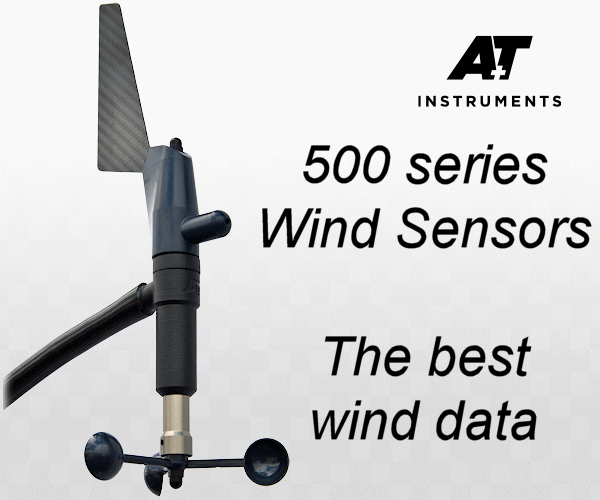
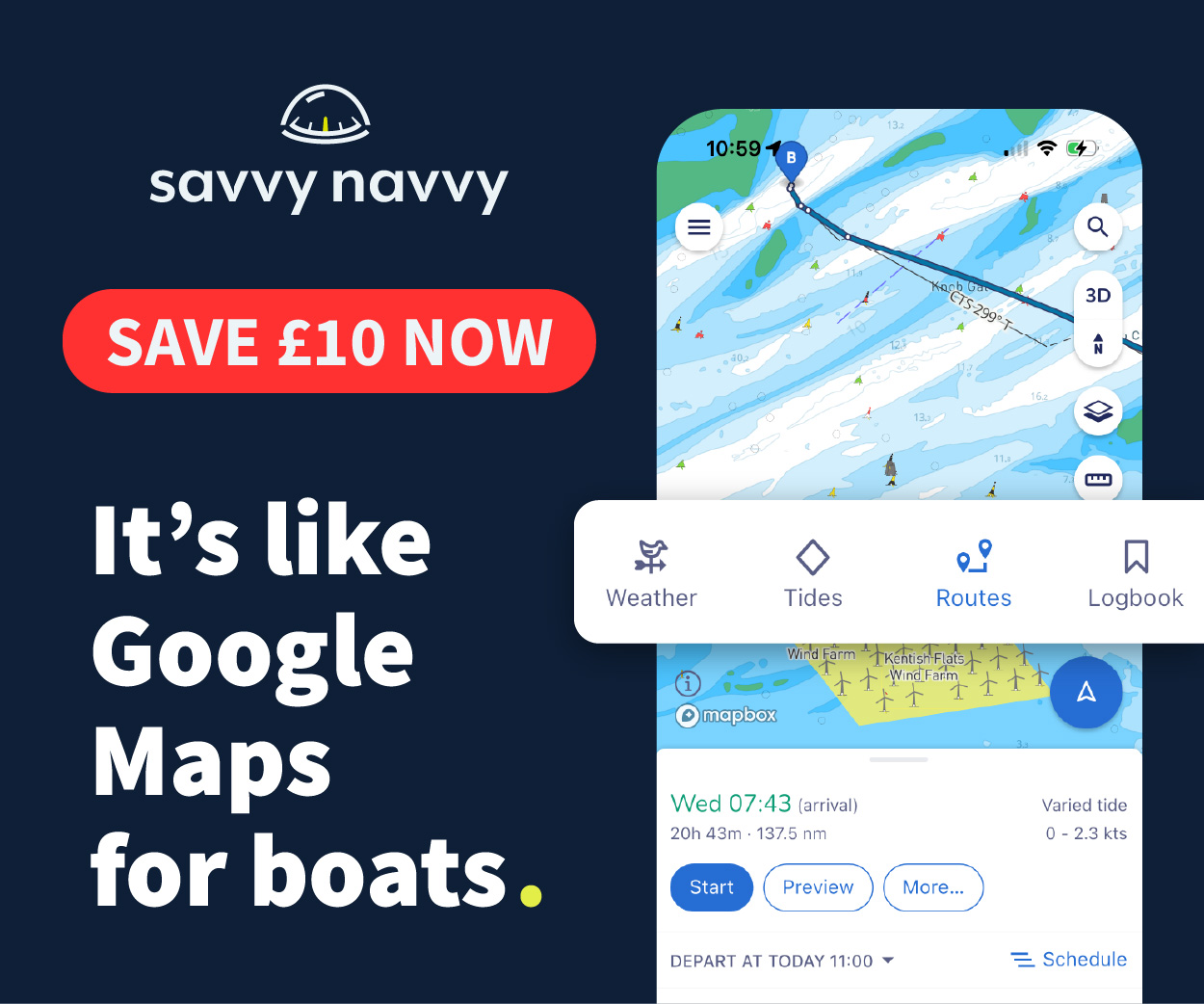
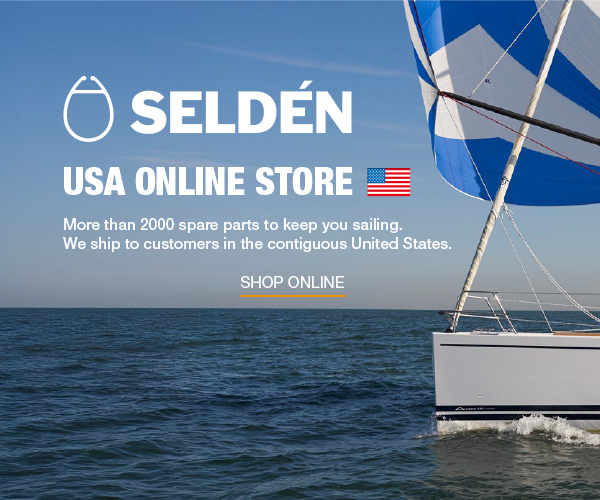



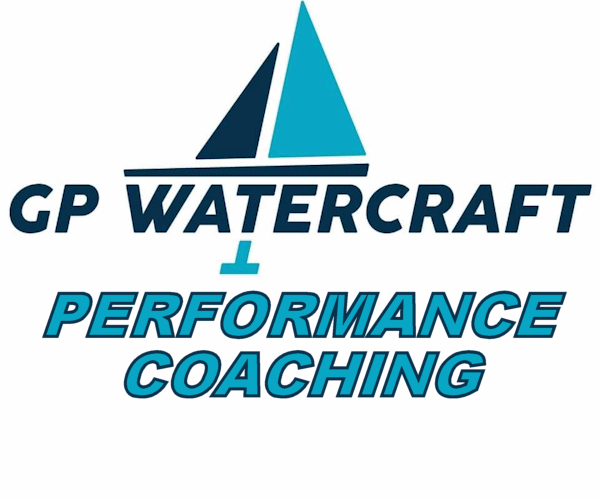
Boats for sale
| Laser 161752 Tynemouth |
 |
| Laser 28 - Excellent example of this great design Hamble le rice |
 |
| Laser 140101 Tynemouth |
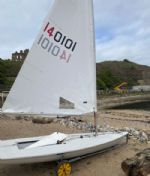 |
List classes of boat for sale |
The Fuller Number |
Post Reply 
|
Page <1 891011> |
| Author | |
Chris 249 
Really should get out more 

Joined: 10 May 04 Online Status: Offline Posts: 2041 |
 Post Options Post Options
 Quote Quote  Reply Reply
 Topic: The Fuller Number Topic: The Fuller NumberPosted: 25 Apr 14 at 10:57am |
Agree with a lot of that, however IMHO the speed you lose from having the extra length in planing conditions is often a lot less than the speed you gain from having the extra length in non-planing conditions. It would be interesting to work out the most economical way to add all-round speed. My guess is that normally it's by just adding hull length and leaving everything else the same. As some very good dinghy designers have pointed out to me, adding length and leaving everything else the same reduces DLR, rocker, bow angles, improves motion, etc etc etc. As one gold medal-winning designer said years ago "length is not everything - only about 99%". Messrs Bieker and Morrison make similar points.
However, as far as fun (rather than speed) goes; then it's completely down to personal taste, isn't it? We're about to do a regatta where we normally meet Aussie Cherubs in our Tasar. Last year our closest rival was the #3 Cherub in the country and the difference between the two as we changed angles and wind strengths was amazing (probably 4 minutes being won or lost each leg on boatspeed, with the finishes being quite tight), but I'm sure we were all having lots of fun. We like carving on through at a steady pace, they will put up with stopping dead in exchange for planing at the speed of light. |
|
 |
|
kneewrecker 
Really should get out more 

Joined: 09 Apr 14 Online Status: Offline Posts: 1586 |
 Post Options Post Options
 Quote Quote  Reply Reply
 Posted: 25 Apr 14 at 1:55pm Posted: 25 Apr 14 at 1:55pm |
absolutely - give me my fairly pedestrian freeride kit a straight line point-to-point and twenty knots of solid wind and all but the airborne dinghies would struggle to match it- even with my intermediate level windsurfing skills in the straps. But put it on a course involving tactical upwind legs, well I don't rate its chances against anything faster than an RS Feva over the water. A raceboard is a different beast entirely.
|
|
 |
|
iGRF 
Really should get out more 
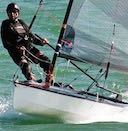
Joined: 07 Mar 11 Location: Hythe Online Status: Offline Posts: 6499 |
 Post Options Post Options
 Quote Quote  Reply Reply
 Posted: 25 Apr 14 at 2:11pm Posted: 25 Apr 14 at 2:11pm |
|
On our water in most winds the dinghies can cope with, a Raceboard has never been bested by a Dinghy, nor for that matter by a Formula board, even Olympic El would rather sit it out than get his trousers taken down by the old boys in the Raceboard Fleet. I put the typical race board details into my PeakyPunky Spreadsheet it came out similar to an EPS, 1019.62 against 1020.9, I know that's not right.
Edited by iGRF - 25 Apr 14 at 2:17pm |
|
 |
|
blaze720 
Really should get out more 
Joined: 28 Sep 05 Location: United Kingdom Online Status: Offline Posts: 1635 |
 Post Options Post Options
 Quote Quote  Reply Reply
 Posted: 25 Apr 14 at 4:22pm Posted: 25 Apr 14 at 4:22pm |
|
Of course boards don't quite fit the model ... anymore than Cats, foilers, 'some classes'. etc etc. The question is why not ? Speculation of course but if you plane a very lightweight boat a high proportion of the time maybe you don't need much of the stuff that the 'model' assumes you do ... like extra length, or bigger sails .. or extra sails. There may be a tipping points where the model just breaks down or needs additonal terms to 'incorporate' those awkward classes and 'real' results that 'go against the grain'
 But if you simplify, not by a rule or numbers 'straightjacket' but by assessing real world 'wet' results you can just about compare performance ... All those nasty modelling issues and limitations are avoided ... well most of them ! The PN approach as well as the GL ones does this already. Years ago I ran a consultancy that played around with CFD and other forms of 'modelled' analysis... however developed these techniques were becomming even then there was nothing that really assessed 'designed stuff' like a real world physical test. In fact many such tests had the pure anlaytical types running back to their models ... to fit the numerical model to the 'new' data of course. Well - until the next time of course .... And believe me there will always be a hell of a lot of 'next times' when it comes to small sailing boats. Mike L. |
|
 |
|
craiggo 
Really should get out more 

Joined: 01 Apr 04 Location: United Kingdom Online Status: Offline Posts: 1810 |
 Post Options Post Options
 Quote Quote  Reply Reply
 Posted: 25 Apr 14 at 5:16pm Posted: 25 Apr 14 at 5:16pm |
|
Mike makes a good point. Everyone assumes that numerical simulation can provide the answer but even the primary users of high fidelity numerical methods cannot get close to real world conditions. In the aerospace industry CFD is certainly used a lot but has to be validated and tweaked by using empirical physical test techniques. The day CFD replaces wind tunnel testing has for many years been predicted as being 10yrs away, in reality is more like 70-90yrs. The problem is that the codes have been developed based on existing configurations. As soon as you get a novel change which in sailing terms we see fairly regularly then the existing codes simply don't cut it. Take for example the Americas Cup, those guys have incredibly powerful CFD systems running but they are calibrated against as similar config as possible before they start their optimisation. In short they are defining their vpp for a small variation from a known baseline.
So back to general handicaps, in order to get a good numeric computational method, you'd first need to validate a hugely processor hungry code against a series of known baseline configs and then evaluate the impacts of the subtle changes needed for each class. When you consider that a single data point (one speed, one wave pattern, one wind speed, one wind direction) would probably cost you in excess of €100k and take a few days, you can hopefully see that to define numbers for every class for all conditions is nearly impossible with current computational power. Now if you partially validate your codes by running models of all classes in a tow tank, you may be able to cut a few corners and make some assumptions but to do a proper job is both financially impractical and you simply wouldn't have time to do it. This is why we have the current system! TV editing sadly portrays the impression that hi-tech activities like CFD and ALM are instant activities and the current marketing would also have you believe it. Sadly it's largely just a pipedream at the moment. |
|
 |
|
Rupert 
Really should get out more 
Joined: 11 Aug 04 Location: Whitefriars sc Online Status: Offline Posts: 8956 |
 Post Options Post Options
 Quote Quote  Reply Reply
 Posted: 25 Apr 14 at 5:30pm Posted: 25 Apr 14 at 5:30pm |
|
TV also has us believe that CSI Miami can process a crime scene in minutes- a similar situation, I think.
The numbers here are wonderful for compare and contrast, and for getting a rough idea ahead of time. Making the model more complex to fit a wider range of boats will probably not improve accuracy at all - a little bit like the 4th number in the PY system. |
|
|
Firefly 2324, Puffin 229, Minisail 3446 Mirror 70686
|
|
 |
|
2547 
Really should get out more 
Joined: 11 Aug 11 Online Status: Offline Posts: 1151 |
 Post Options Post Options
 Quote Quote  Reply Reply
 Posted: 25 Apr 14 at 5:38pm Posted: 25 Apr 14 at 5:38pm |
|
I think you miss the point ... the variance is crew skill factor is huge compared to variance between peakys numbers and the PYs if you want a simple measurement system then you have it here ... the 1 -2% differences are nothing compared to driver skill issues.
|
|
 |
|
Rupert 
Really should get out more 
Joined: 11 Aug 04 Location: Whitefriars sc Online Status: Offline Posts: 8956 |
 Post Options Post Options
 Quote Quote  Reply Reply
 Posted: 25 Apr 14 at 5:46pm Posted: 25 Apr 14 at 5:46pm |
|
But what we want is a system which gives accurate results for helms of similar standard. The crew skill between me and a beginner (or me and big, bad Ben) isn't really of interest. I want to know how I have done against someone of equal skill, who happens to be sailing a different type of boat. For that, 1 or 2% makes a massive difference.
|
|
|
Firefly 2324, Puffin 229, Minisail 3446 Mirror 70686
|
|
 |
|
Punky 
Groupie 
Joined: 11 Feb 14 Online Status: Offline Posts: 90 |
 Post Options Post Options
 Quote Quote  Reply Reply
 Posted: 25 Apr 14 at 6:25pm Posted: 25 Apr 14 at 6:25pm |
Quite. The thing I like about the formula is the sheer simplicity of it. Length, sail area and weight are easy to measure. Improving accuracy by including wetted surface area, centre of effort etc, is impractical because they are difficult to measure, and you would only get a very marginal gain. In fact, you wouldn't even know if they were more accurate, because we have no way of knowing. The RYA PY scheme is not accurate - the graph of the two man boats shows how much variance there can be. Similarly, look at the PY of Solo, Streaker, Lightning and Europe over the last 30 years. Which is fastest? I think it is no exaggeration to claim that I have probably done more tank testing than other person in Britain over the last 2 years. If I could find a formula as usefully accurate as this for my day job, I could have saved millions of pounds of effort! And I do know of one forumite who has been tank testing dinghies to better understand the effect of subtle changes of rocker, transom width etc...
Edited by Punky - 25 Apr 14 at 6:28pm |
|
 |
|
JimC 
Really should get out more 

Joined: 17 May 04 Location: United Kingdom Online Status: Offline Posts: 6662 |
 Post Options Post Options
 Quote Quote  Reply Reply
 Posted: 25 Apr 14 at 7:59pm Posted: 25 Apr 14 at 7:59pm |
|
You're making some rather enthusiastic assumptions and logical leaps in the above Punky. May I suggest you think through it a little more.
|
|
 |
|
Post Reply 
|
Page <1 891011> |
| Forum Jump | Forum Permissions  You cannot post new topics in this forum You cannot reply to topics in this forum You cannot delete your posts in this forum You cannot edit your posts in this forum You cannot create polls in this forum You cannot vote in polls in this forum |
Bulletin Board Software by Web Wiz Forums® version 9.665y
Copyright ©2001-2010 Web Wiz
Change your personal settings, or read our privacy policy
Copyright ©2001-2010 Web Wiz
Change your personal settings, or read our privacy policy











 Printable Version
Printable Version Delicious
Delicious Digg
Digg Facebook
Facebook Furl
Furl Google
Google MySpace
MySpace Newsvine
Newsvine reddit
reddit StumbleUpon
StumbleUpon Twitter
Twitter Windows Live
Windows Live Yahoo Bookmarks
Yahoo Bookmarks Topic Options
Topic Options